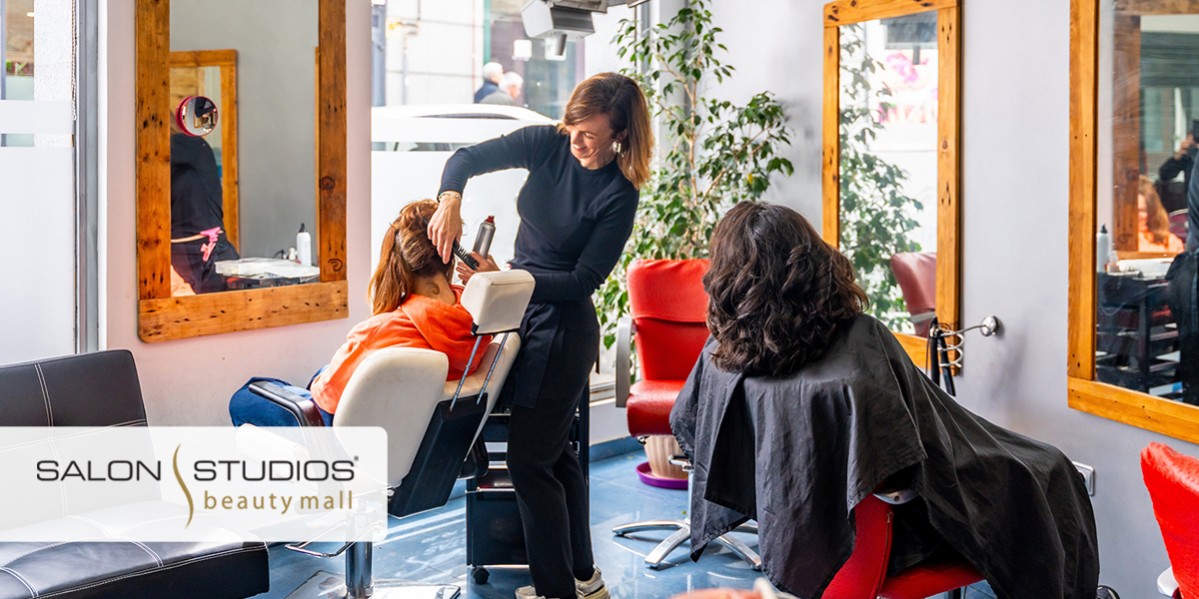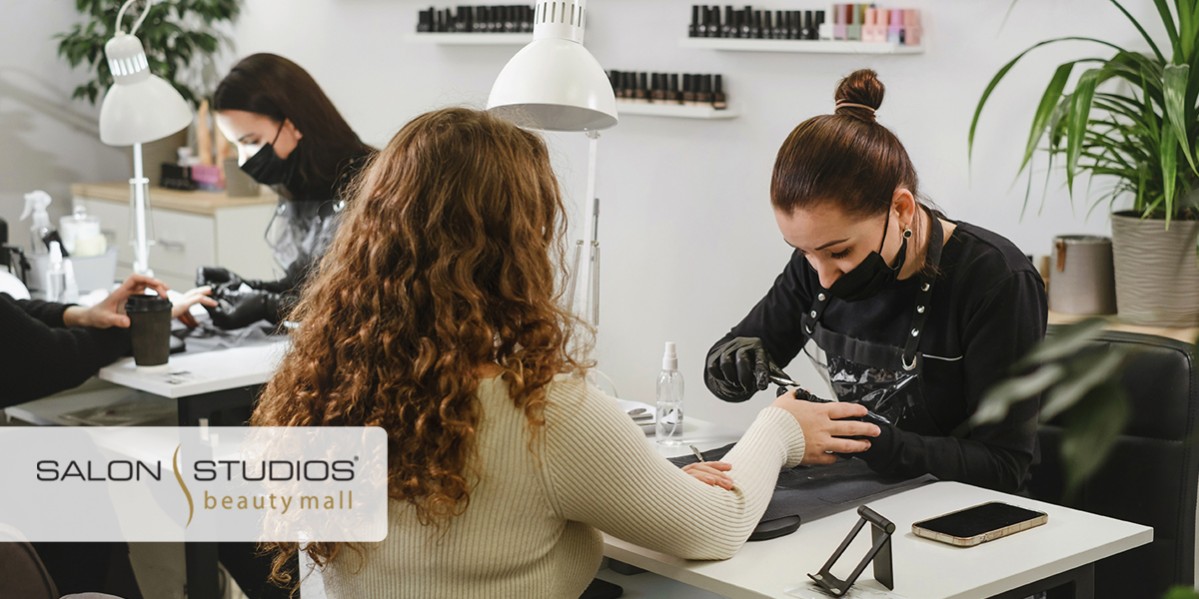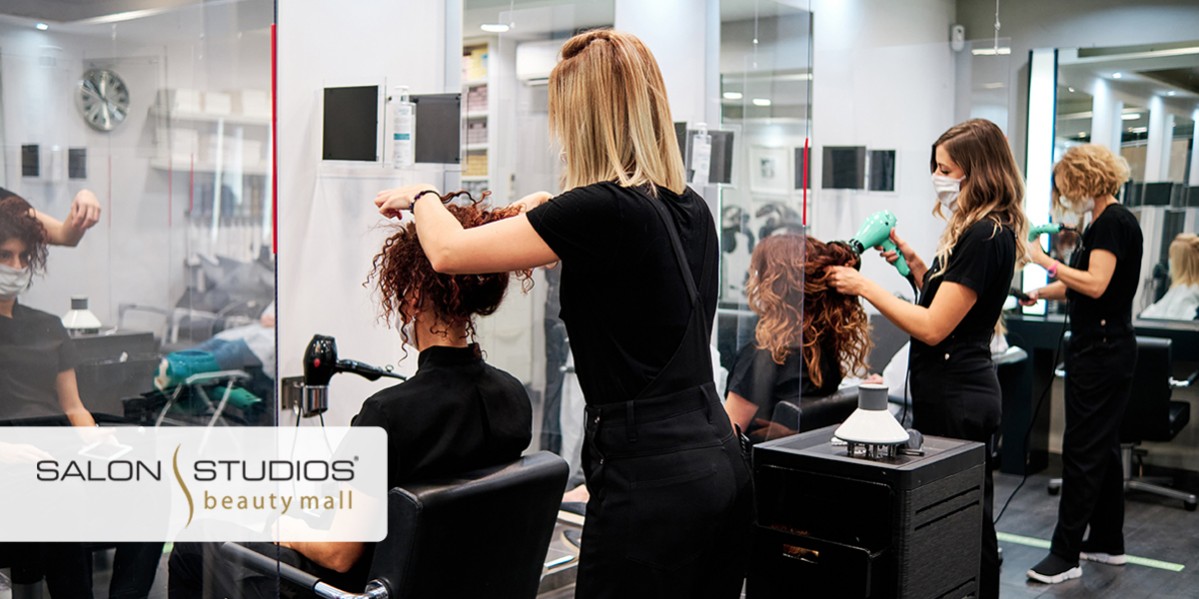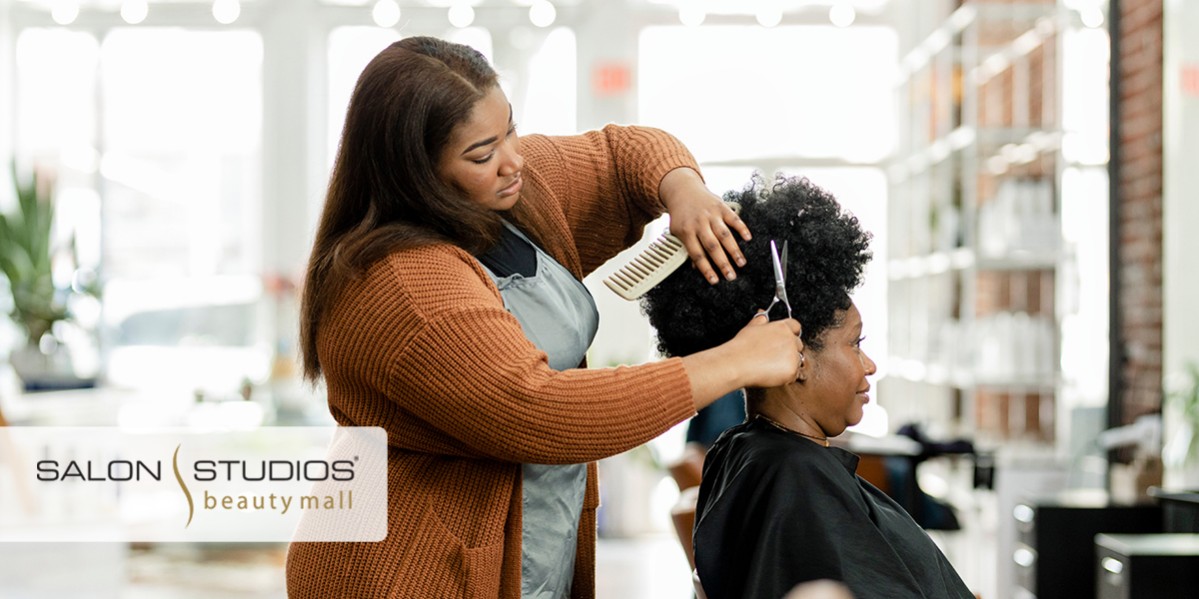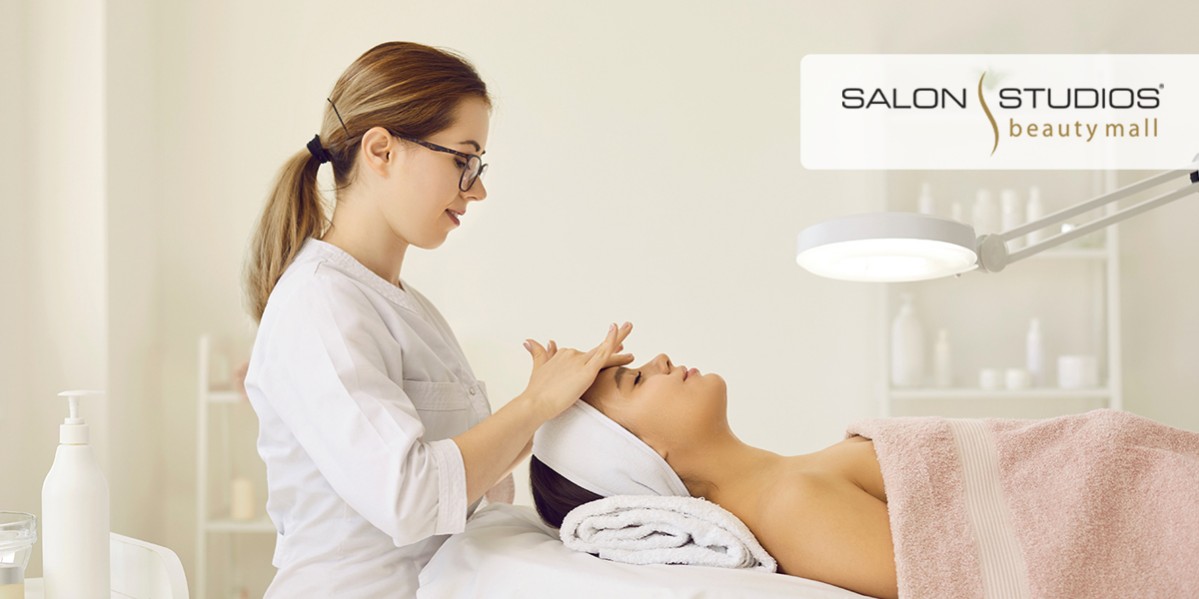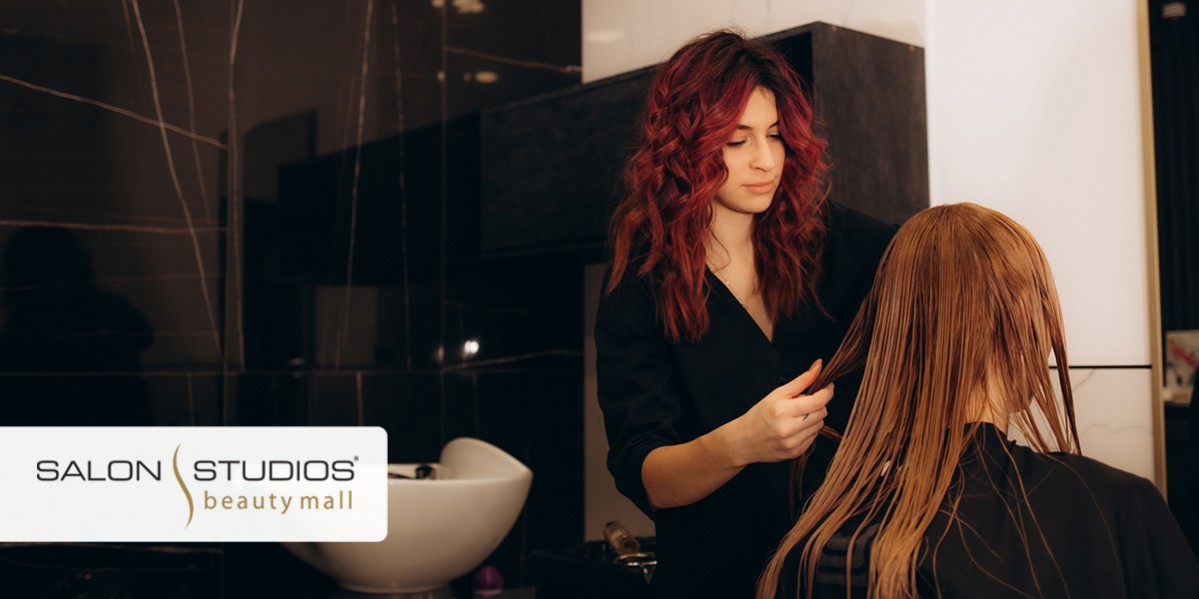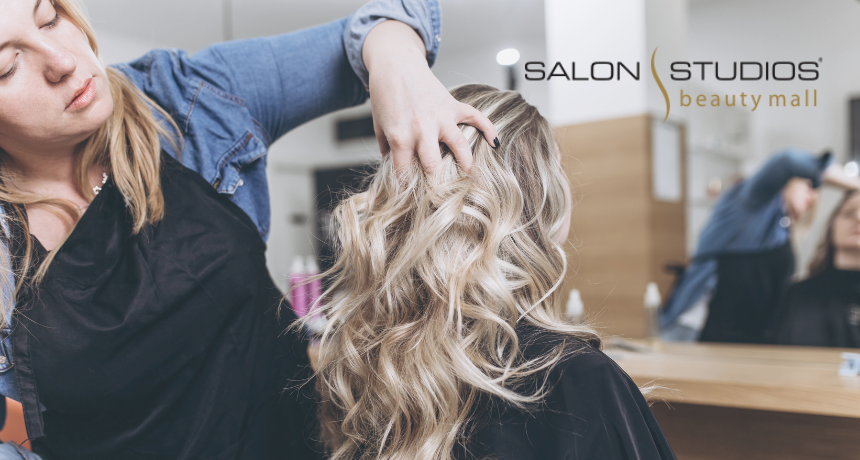
Content Summary
The journey to opening a private beauty salon is navigated through meticulous planning and understanding of the industry's nuances. From market research to client satisfaction strategies, this article guides entrepreneurs on establishing a successful beauty venture.
Table of Contents
1. Introduction
2. Market Research
3. Business Plan
4. Legal and Regulatory Compliance
5. Location and Ambiance
6. Equipment and Supplies
7. Staffing and Training
8. Services and Pricing
9. Marketing and Promotion
10. Client Experience and Satisfaction
11. Adaptation and Innovation
12. Conclusion
With the ever-growing demand for grooming services, establishing a private beauty salon can be a lucrative venture. However, diving into this endeavor requires meticulous planning, profound dedication, and a comprehensive understanding of the industry landscape. Here's a detailed guide encompassing everything you need to know before embarking on the journey of opening your private salon studios duluth.
Table: Pros and Cons of Opening a Private Beauty Salon
| Pros | Cons |
|---|---|
| High-profit potential | Intense competition in the industry |
| Flexibility in business model | Significant initial investment required |
| Creative expression in services | Staffing challenges |
| Personalized client experience | Regulatory compliance complexities |
| Opportunity for growth | Fluctuating market trends |
1. Market Research
Before delving into the nitty-gritty of setting up your beauty salon, it's imperative to conduct thorough market research. Analyze the demographics of your target audience, assess competitors in your locality, and identify gaps or niches that you can capitalize on. Understanding the preferences, trends, and spending habits of your potential clientele will provide invaluable insights for shaping your salon's offerings and marketing strategies.
2. Business Plan
A well-crafted business plan serves as a roadmap for your salon's success. Outline your vision, mission, target market, pricing strategy, and revenue projections in detail. Additionally, include a comprehensive financial plan covering startup costs, operational expenses, and potential sources of funding. Your business plan not only guides your decisions but also serves as a crucial document when seeking investments or loans.
3. Legal and Regulatory Compliance
Ensure that your beauty salon complies with all legal and regulatory requirements in your jurisdiction. Obtain the necessary permits, licenses, and certifications for operating a salon business. Familiarize yourself with health and safety regulations, sanitation standards, and employment laws pertaining to the beauty industry. Compliance with legal obligations not only protects your business but also fosters trust and credibility among clients.
4. Location and Ambiance
The location of your salon plays a pivotal role in its success. Choose a strategic location with high visibility, accessibility, and ample parking facilities. Moreover, invest in creating an inviting ambiance that reflects your brand identity and resonates with your target clientele. Consider factors such as interior design, lighting, decor, and amenities to create a welcoming and comfortable environment for your clients.
5. Equipment and Supplies
Invest in high-quality equipment, tools, and supplies to deliver exceptional services to your clients. From salon furniture and styling stations to hair care products and skincare essentials, procure reliable and reputable brands that align with your salon's standards. Prioritize ergonomic and functional equipment that enhances the efficiency and effectiveness of your services while ensuring client satisfaction.
6. Staffing and Training
Building a competent and customer-centric team is indispensable for the success of your beauty salon. Recruit skilled professionals with expertise in various beauty services, including hairstyling, skincare, makeup, and nail care. Prioritize candidates with relevant qualifications, certifications, and prior experience in the beauty industry. Additionally, invest in continuous training and professional development programs to upgrade the skills and knowledge of your staff.
7. Services and Pricing
Define a comprehensive menu of services tailored to meet the diverse needs and preferences of your clientele. Offer a range of beauty treatments, packages, and add-on services that cater to different age groups, skin types, and occasions. Price your services competitively based on factors such as market demand, competitor pricing, and the quality of service offered. Strike a balance between profitability and affordability to attract and retain loyal clients.
8. Marketing and Promotion
Develop a robust marketing strategy to raise awareness about your salon and attract potential clients. Leverage both online and offline channels to promote your services, including social media platforms, website, email newsletters, local advertising, and community events. Engage with your audience through compelling content, special promotions, loyalty programs, and referral incentives. Build strong relationships with influencers, beauty bloggers, and local businesses to expand your reach and enhance brand visibility.
9. Client Experience and Satisfaction
Prioritize the client experience and strive to exceed their expectations at every touchpoint. Foster a culture of professionalism, hospitality, and personalized attention to make each client feel valued and appreciated. Solicit feedback regularly and use it to continuously improve your services, amenities, and overall customer experience. Building a loyal clientele base through exceptional service and customer satisfaction is key to sustaining long-term success in the beauty industry.
10. Adaptation and Innovation
Stay abreast of evolving trends, technologies, and consumer preferences in the beauty industry. Embrace innovation and adapt to changing market dynamics to stay competitive and relevant. Explore opportunities for diversification, expansion, and collaboration to capitalize on emerging trends and tap into new market segments. Continuously evaluate and refine your business strategies to stay ahead of the curve and ensure the long-term viability of your private beauty salon.
Final Thoughts
In conclusion, opening a private beauty salon is a rewarding yet challenging endeavor that requires careful planning, meticulous execution, and unwavering commitment. By following the guidelines outlined in this comprehensive guide, you can lay a solid foundation for your salon's success and carve a niche for yourself in the dynamic and vibrant beauty industry. With passion, perseverance, and dedication to excellence, your dream of owning a thriving beauty salon can become a reality.
FAQs:
What are the key steps to consider before opening a private beauty salon?
Before opening a beauty salon, entrepreneurs should conduct thorough market research, develop a comprehensive business plan, ensure legal compliance, choose an optimal location, and invest in quality equipment and staffing.
What are the advantages of owning a private beauty salon?
Owning a private beauty salon offers the potential for high profits, flexibility in business operations, opportunities for creative expression, and the ability to provide personalized client experiences.
What are the challenges associated with opening a private beauty salon?
Challenges include intense competition in the industry, significant initial investment requirements, staffing challenges, regulatory compliance complexities, and the impact of fluctuating market trends

 Hair
Hair
 Nail
Nail
 Skin
Skin
